Ideally suited for personal monitoring applications, the Dräger
Pac 5500 provides quick detection of carbon monoxide,
hydrogen sulfide or oxygen. Accurate, reliable and easy to use,
this small, ergonomic instrument has no lifetime limitation.
Dräger Pac
®
5500
ST-2549-2005
SMALL YET ROBUST
Small in size and light in weight, the Dräger
Pac 5500 has been developed with the
needs of industrial users and applications
in mind. Providing easy, single-handed
operation, even when wearing gloves, it
is designed to withstand the toughest
environments. The impact-resistant rubber
housing is impervious to corrosive chemi-
cals and meets the requirements of IP65
to ensure operation even when sprayed
with water.
SAFETY FIRST
The instrument's sensor has been specially
positioned to allow gas access at both the
top and front so that gas detection is con-
tinuous if the unit is placed in a pocket or if
a gas inlet is accidentally covered.
NO LIFETIME LIMITATION
Designed for long-term operation, the
Dräger Pac 5500 boasts an unlimited
lifetime. The battery and the sensor can
be easily replaced. Also, the dust and
water filter on the front of the instrument can
be replaced if clogged with dirt or mud.
MINIATURE SENSOR TECHNOLOGY
Incorporating the latest miniature Dräger
XXS sensor technology, the Dräger Pac
5500 has been specifically developed for
use in personal monitoring and handheld
applications. Offering a long, expected
lifespan from 5 to 8 years, these innovative
sensors combine high performance with
a fast reaction time of just ten seconds.
CLEAR, HIGHLY VISIBILE DISPLAY
Clear and easy to see, the large liquid
crystal display shows both the gas con-
centration and the measurement unit. As
an option, the instrument can also be
configured to display just the type of gas.
The concentration is then displayed only
when the set alarm levels have been
exceeded. Language-free to avoid any
misunderstanding, this continuous numeric
display can also be back-lit to improve
readability in darker environments.
In addition, overlays in yellow (hydrogen
sulfide) and blue (oxygen) are available
to ensure that the instrument can be
identified quickly even at a distance.
WARNINGS AND ALARMS
In addition to vibrating and audible,
multi-tone alarms, the Dräger Pac 5500
shows a clear, 360° visual alarm via
bright, flashing LEDs at the top and base
of the instrument. Alarm thresholds can
be set by the user, and gas alarms
include both a pre and main alarm.
D-1346-2009
Dräger Pac 5500
Reliable measurement results
combined with no lifetime limitation.
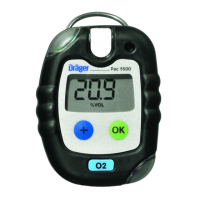
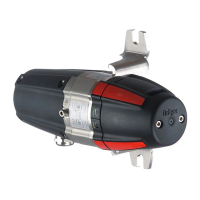
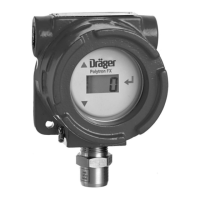
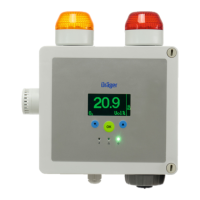





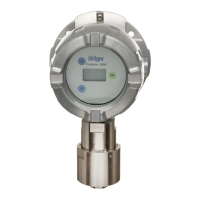
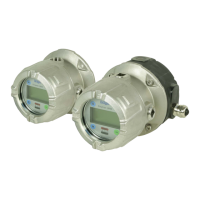
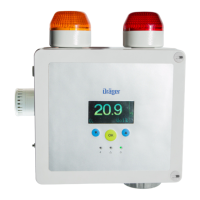

